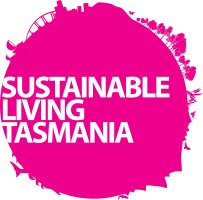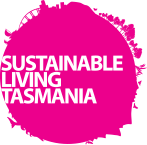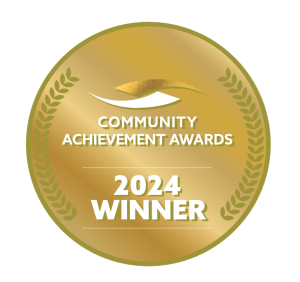Sustainable Living Tasmania began in 1972 as the Tasmanian Environment Centre following the flooding of Lake Pedder in the late 60s.
This event triggered a flood of public concern for the environment. Many of the key people involved in the campaign to save Lake Pedder decided that Tasmania needed a permanent environment centre where people could meet, have access to environmental resources, produce environmental information, submissions and other material, and communicate with the world at large. Ten sponsors pledged their support, each agreeing to pay 50c a week for the first year to sign a two-year lease on premises at 281 Elizabeth Street, North Hobart – hence the Tasmanian Environment Centre (known as the TEC) was born on 7 December 1972.
From the very beginning TEC was a non-political focusing firmly on providing practical assistance to individuals and groups who wanted to learn more about the environment. Volunteers carried out a great deal of office, library research and information work. During the Whitlam era, the Centre received grants from the federal Government, enabling the establishment of the Environmental Resource Library and the production of books, and other media for sale and distribution. In January 1975 the Centre moved to the first floor of 102 Bathurst Street where it remained for 33 years.
After the initial rush of excitement and organisation building of the early 70's the Centre settled down to operate as it was intended: a resource and meeting centre for community groups and the public. The Wilderness Society operated from Centre for the first few years of its life, and much of the work to save the Franklin River was undertaken at the Centre.
Education has been a core activity of TEC since the 1980s when teachers, such as Helen Pryor, were employed to develop educational materials and activities for school children.
The 1990s saw sustainability becoming the catch-cry of the environment movement. TEC begin to strengthen its links with other community groups and to collaborate with them in projects aimed at directly affecting our local environment.
After the recruitment of Margaret Steadman as Director in August 1997, TEC began to focus more on urban sustainability issues.
The first Environmental Home Expo (Festival) was held in 1999 and has grown from strength to strength annually since then. Recent Sustainable Living Expos have attracted over 10,000 visitors in a single weekend; that around 5% of Hobart's population who want to live more sustainably.
For the last four years Sustainable Living has been on the first floor of 71 Murray Street. Walking the talk, so to speak, they've almost finished renovating the space using reclaimed and recycled materials, with the help of a team of volunteers and generous support of suppliers of eco-friendly products. Soon there will be an exhibition space for businesses to display their goods and services – effectively extending the reach of the Sustainable Living Festival.
Todd Houstein took over as Executive Officer from Margaret Steadman in July 2010. Under Todd's capable guidance, SLT has significantly expanded its role in promoting energy efficiency in Tasmania with a team of qualified and experienced Home Energy Assessors.
SLT shows every day that
- Tasmanians do care about each other
- Individuals can make a difference
- We can create strong, resilient communities
- Change can be pleasant and enjoyable.
SLT has proved this and intends to continue proving it until what we're calling Sustainable becomes known as Normal.
In more than 50 years much has changed, however much has stayed the same. These words from the TECs 1973 statement of aims remain relevant today:
These last few years have seen a mounting storm of concern for our global environment. The sudden, urgent realisation that our small Earth has limited resources of air, land and water has brought forth critical reviews of man's present life style. Can we afford to go on living the way we do? Should we not take stock of our numbers, list our resources, identify our biological neighbours and plan our existence accordingly? Must the profit motive continue to take precedence in our attitudes to our natural environment and, more importantly, the environment we hand on to future generations? Can we not create aesthetic harmony between our human structures and the natural landscape where individual and communal needs demand a modification to the natural environment?
…We want to identify with the public, not be abstracted from them, we are not for the public but, hopefully, of the people.
Today SLT consists of dedicated members and committed staff and board members located throughout Tasmania. Collectively they work to connect people with groups, organisations and businesses working to improve the sustainable outcomes of the state.


